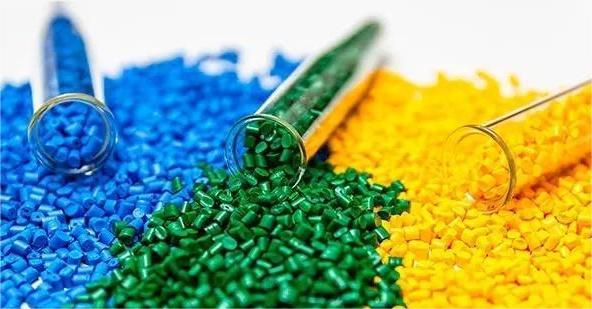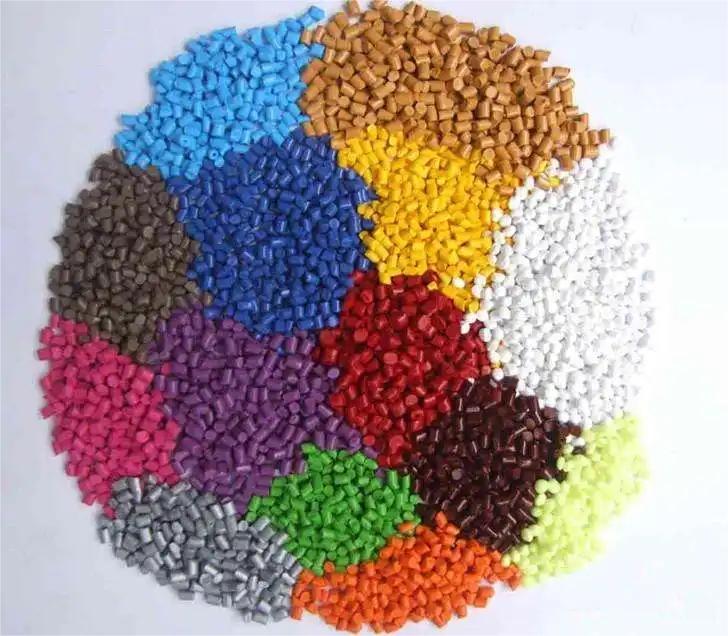 Home > company news
Home > company newsWhat is Optical Brightening Agent?
Fluorescent whitening agent is a fluorescent dye, or white dye, which is also a complex organic compound. Its characteristic is that it can stimulate the incident light to generate fluorescence, so that the dyed material obtains a sparkling effect similar to fluorite, and the material seen by the naked eye is very white, achieving the effect of whitening.

The fluorescent whitening agent can absorb invisible ultraviolet light (wavelength range of about 360380nm), convert it into blue light or violet visible light with longer wavelength, so it can compensate for the unwanted yellowishness in the matrix, and at the same time reflect more than the original incident light. More visible light with wavelengths in the range of 400600nm makes the product appear whiter, brighter and more vivid. Its function is to convert the invisible ultraviolet radiation absorbed by the product into violet-blue fluorescent radiation, which complements the original yellow light radiation to become white light, and improves the whiteness of the product under sunlight. Brighteners have been widely used in textile, paper, laundry detergent, soap, rubber, plastics, pigments and paints.

Fluorescent whitening agents have a cyclic conjugated system in chemical structure, and can be divided into five categories according to chemical structure: ① stilbene type, used in cotton fiber and some synthetic fiber papermaking, soap making and other industries. With blue fluorescence; ② Coumarin type, with the basic structure of coumarone, used in celluloid, polyvinyl chloride plastics, etc., with strong blue fluorescence; ③ Pyrazoline type, used in wool polyamide, Fibers such as acrylic fibers, with green fluorescence; ④Benzoxazine type, used for fibers such as acrylic fibers and plastics such as polyhydrogen vinylene and polystyrene, with red fluorescence; ⑤Benzimide type, used for polyester, polyester, etc. , nylon and other fibers, with blue fluorescence.